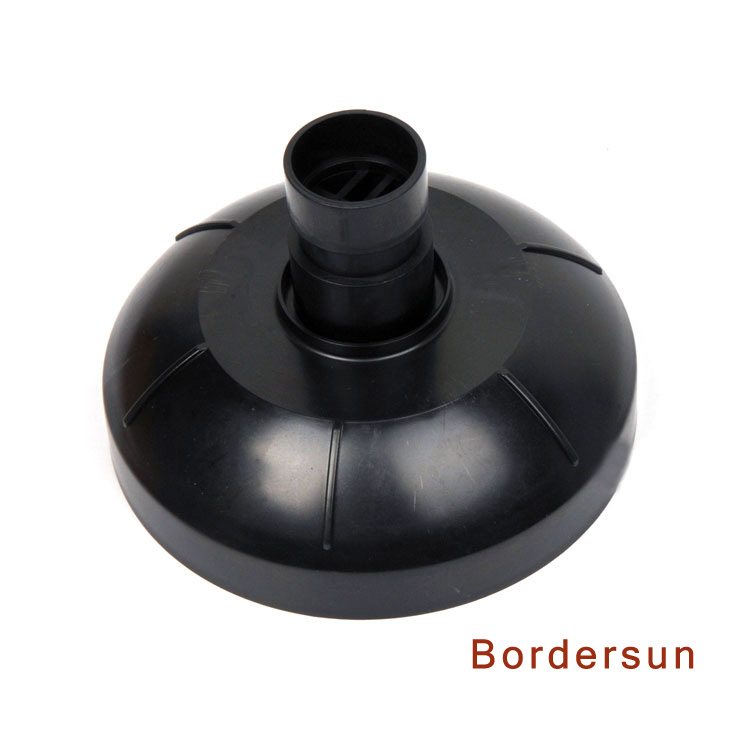Here are the general steps involved in creating a CNC-machined polyamide prototype
2024-01-04
Creating a CNC-machined prototype using polyamide (PA) involves the use of CNC machining processes to produce a functional model or sample made from a polyamide material. Polyamide is a generic term for various polymers commonly known as nylon. CNC machining allows for the precise removal of material from a polyamide block to create a prototype that closely matches the intended design.
Here are the general steps involved in creating a CNC-machined polyamide prototype:
1. Design:
- Start with a detailed 3D digital model or CAD (Computer-Aided Design) file of the component or product. The design should include accurate dimensions, specifications, and any required features.
2. Material Selection:
- Choose the specific type of polyamide (nylon) that best suits the requirements of the prototype. Polyamides are known for their strength, toughness, and wear resistance. Common types include Nylon 6 and Nylon 6/6.
3. CNC Programming:
- Use CNC programming to generate machine-readable instructions based on the 3D digital model. The CNC program defines the toolpaths that the CNC machine will follow to cut, mill, or shape the polyamide material.
4. Fixturing and Setup:
- Secure the polyamide material onto the CNC machine using fixtures and clamps. Proper fixturing is essential to ensure stability during machining and accurate reproduction of the design.
5. Tool Selection:
- Choose appropriate cutting tools for machining polyamide. High-speed steel (HSS) or carbide tools are commonly used. The selection of tools depends on factors such as the geometry of the part, desired surface finish, and machining parameters.
6. CNC Machining:
- The CNC machine executes the programmed toolpath to remove material from the polyamide block, creating the prototype according to the specified design. CNC machining allows for precision and repeatability in the manufacturing process.
7. Quality Control:
- Perform inspections and quality control checks during and after machining to ensure that the prototype meets the design specifications. This may involve measurements using calipers or other precision tools.
8. Surface Finish:
- Polyamide prototypes may undergo post-machining processes to achieve the desired surface finish. This can include polishing, sanding, or other surface treatment methods.
9. Testing and Evaluation:
- Test the CNC-machined polyamide prototype to evaluate its functional performance. This may include mechanical testing, stress testing, or functional testing to ensure that the prototype meets the intended requirements.
10. Iterative Prototyping:
- If modifications are necessary based on testing and evaluation, the design may be revised, and a new prototype may be produced through an iterative process until the desired outcome is achieved.
CNC machining of polyamide is a suitable method for creating prototypes with high precision and detail. Polyamide prototypes are used in various industries, including automotive, aerospace, consumer goods, and medical applications, where the properties of polyamide, such as its strength and versatility, are beneficial.



